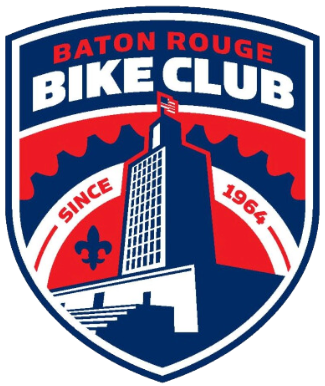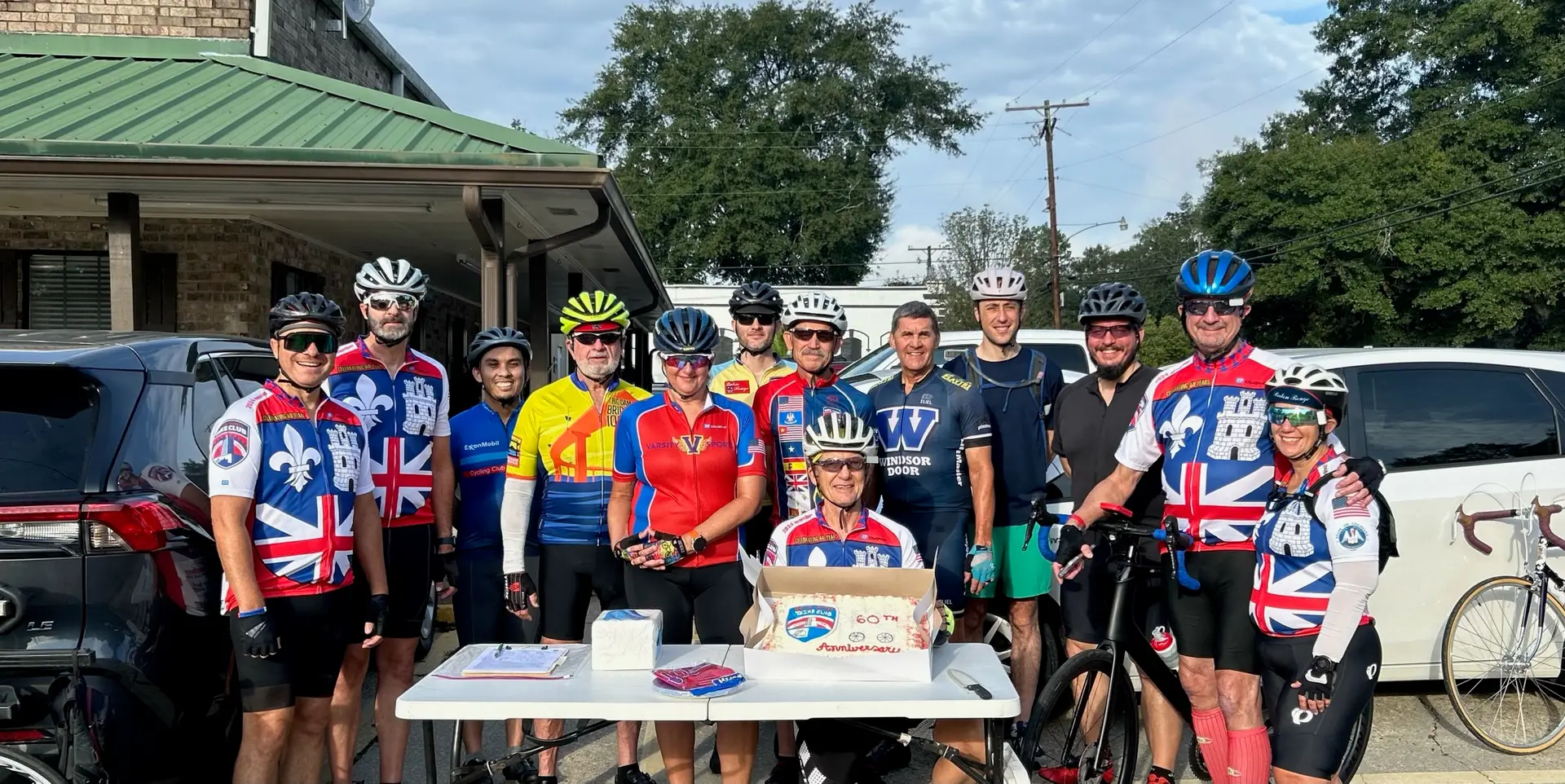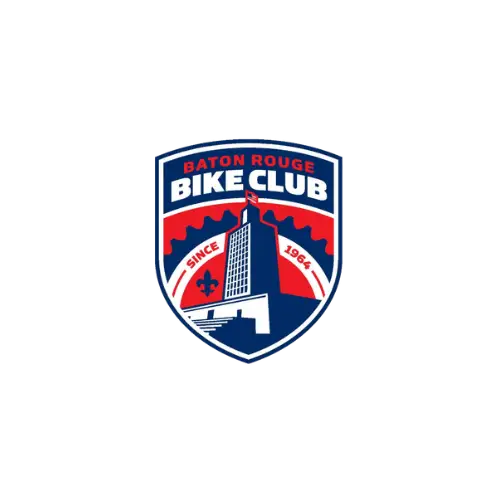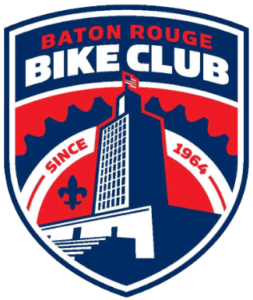
Education is an ongoing process, and sometimes it comes predictably and easy, and sometimes it’s fast and hard. Examples of each are in this edition of a Bicycle Teachable Moment.
3 FOOT PASSING
Many have heard about the 3 foot law. It was made possible by state legislator Michael Jackson, several members of the bicycle community, who if I named some I would be forgetting others, but the testimony of the Goodier family at committee hearings was instrumental. The law requires that motorists pass bicyclists by AT LEAST 3 feet on the road. Many riders now feel more confident on the city and rural roads, and combined with the media campaign in the Baton Rouge area has resulted in a more informed public, and from my perspective many fewer close calls from side mirrors as motorists have taken on not only the letter of the law but the spirit.
As a result, many cyclists have taken their new found confidence to take the lane, when it is too narrow to share with another “wide” user (car or truck). I have no issue with establishing the ownership of the lane by riding in the middle of the travel lane. However, a number of riders who I will give the benefit of the doubt insist on riding close to the center of the road (yellow line). What they don’t realize is that when they ride within 3 feet of the yellow line, they make it nearly impossible for faster traffic to pass without violating the 3 foot law. Most understand the 3 feet is important, because of the blow by wind from the oncoming traffic, not to mention hazard of a 55 MPH anything coming at your 15MPH no protection offered bicycle.
What some riders (and you know who you are) don’t realize is that faster traffic from BEHIND has a right to pass us slower vehicles, and a 55 MPH car from behind has difficulty passing with 3 feet of clearance if the bike rider is straddling the road center yellow line within 3 feet. First message is don’t put yourself at risk by riding your bike within 3 feet of the centerline (unless you are in the process of making a left turn) so you don’t get in a crash from blow by wind or worse an accidental collision, and second assist the faster motorist in passing us by giving the motorists the 3 feet we need.
BRAKES AND BREAKS
Saturday’s ride involved a crash with dire potential consequences of a 30 MPH over the handlebar crash on a Freeland Road downhill near the Bluffs community near St. Francisville. This time the rider got lucky. The issue is riding fundamentals that may not have soaked into the everyday automatic response of every rider.
The problem is using the bike brakes to slow down. Everyone with a non-cruiser bike knows that both wheels can be used to make a stop. Most know that the front brake is controlled with the left lever, and the rear brake with the right. Did you know that the front brake has twice the stopping power of the rear? Everyone knows that the rear brake can skid when applied by itself with too much pressure, but did you also know that the front brake does not skid, has the power to fling you over the bar with too much pressure? With the high center of gravity of a bike, braking causes the rear of the bike to lift, and if not checked by releasing the brake, will flip the rider over the bar. This is automatically controlled when only the rear brake is applied. Braking pressure increase ends as soon as the rear wheel skid begins, but using only the rear brake increases stopping distance by a factor of 3. Don’t not use your front brake!
So what happened to our unlucky rider is while coming around the corner and picking up too much speed, he found himself heading toward the edge of the road. First reaction was using the brakes which did not prevent approaching the edge of the road. But as the edge got closer, pulling the brake harder was the next step. I witnessed the next phase in my rear view mirror, as the rear wheel when over the front wheel and bucked the passenger down the deep ditch at the edge of the road. The bike continued down the slope 30 feet into the sticks and leaves, narrowly missing several trees, and the rider had the same fate, but not quite as far. A couple of scrapes, a bruised ego, and wondering what happened, the ride continued. If this has been less lucky a broken bones from a collision with an immovable tree or the road could have resulted!
To be fair, downhill crashes around corners are not new. Speed is higher, and your center of gravity is already moved forward by the down slope of the hill helping you go over the bar. The best remedy is prevention by picking a better line down the hill and avoiding the edge by get deeper into a lean to turn more tightly. But lesser correction of knowing how the brakes warn you of impending doom can help too.
Here’s the trick: For maximum stopping, apply your front brake (left) with twice the pressure of the rear brake (right). It also helps to move your center of gravity back, by moving your butt off the back of your saddle. When you feel (or hear) your rear wheel skid, REDUCE THE PRESSURE ON YOUR FRONT (left) BRAKE! THAT’S IT! Reducing the pressure on the front brake moves the center of gravity back, your rear wheel regains traction, and you don’t fly over the bars.
I hope these suggestions make your riding safer and more confident.
Bruce
















